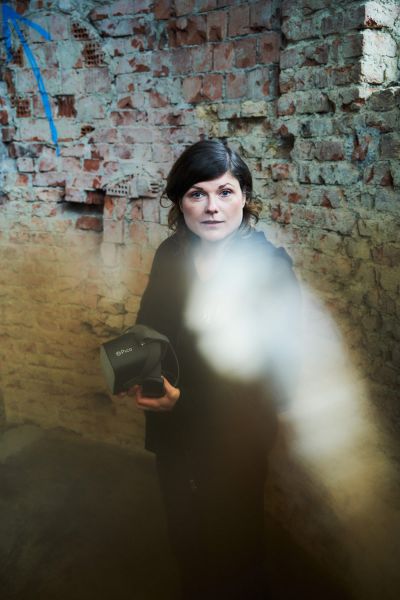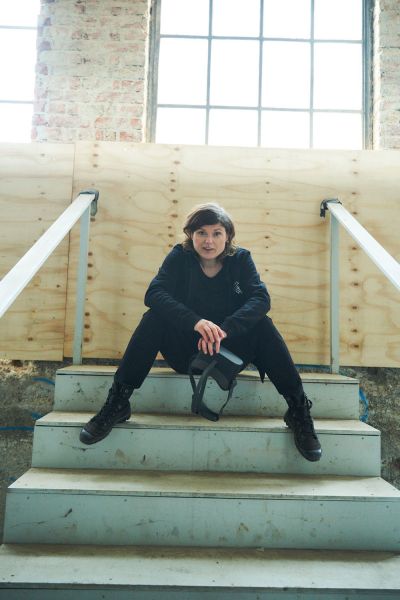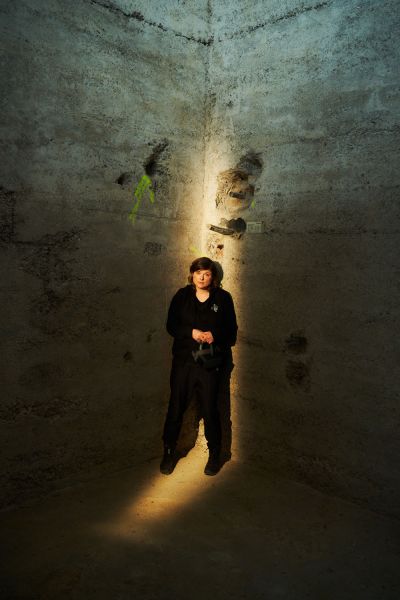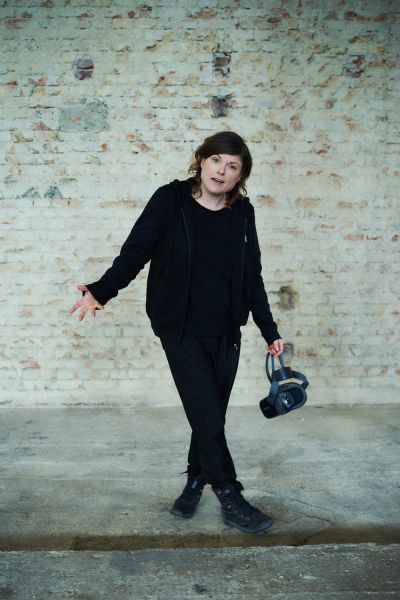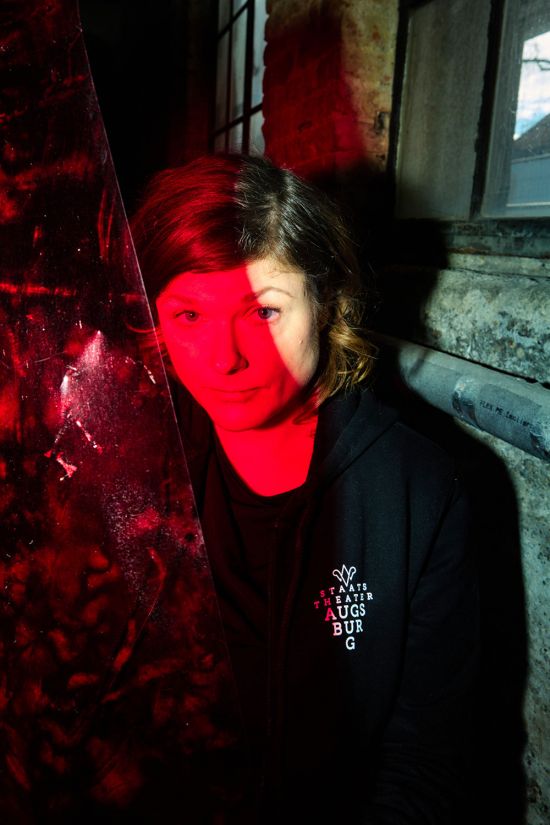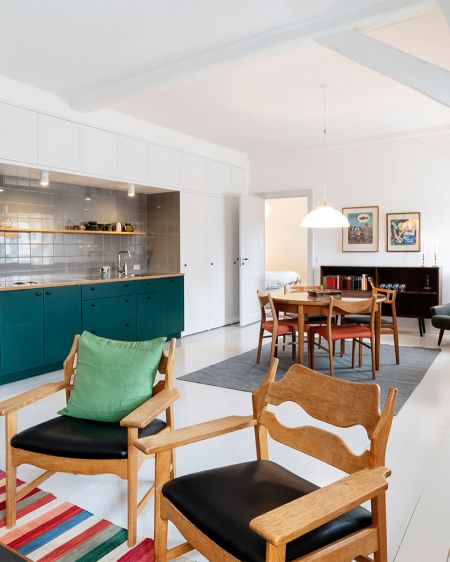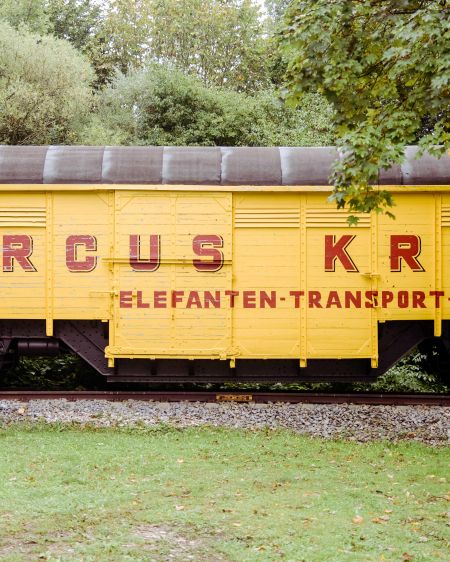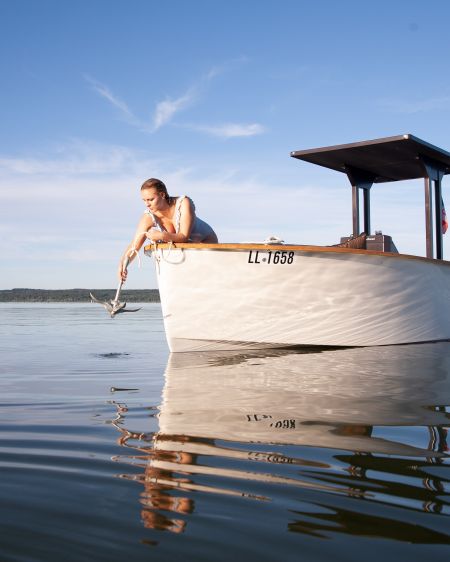Theatre goes digital
The Staatstheater Augsburg was the first German theatre to create a position for digital development. Since then, Tina Lorenz has been guiding the audience into virtual space. For XPLR: MEDIA, our author Anna Karolina Stock interviewed the digitalisation manager. The photo production with photographer Julian Baumann took place in a factory hall in Augsburg, where VR theater pieces of the Staatstheater were also recorded. A conversation about new concepts and possibilities of digital theater.
What is special about a theatre experience with VR glasses?
Tina Lorenz: The feeling of presence. In contrary to a stream, which only shows excerpts of a stage performance, with VR glasses you are completely immersed in another world. The audience has the impression of being part of the scene. They can follow the actors at every step or change perspectives. An immersive theatre experience is incredibly close to theatre and requires concentration.
How does the production of a VR experience differ from a normal film recording?
Tina Lorenz: Let's take the example of an orchestra recording: with VR glasses viewers can later choose between different positions, for example, take a closer look at the second horn or the first violin. For this, the orchestra is filmed with four 360-degree cameras, all at the same time. All the musicians have to be in place during the entire recording, even if certain voice groups are not on the set. Normally they would leave the set so as not to rustle and distort the sound. Each 360-degree camera is a sphere with many lenses whose images have to be put together properly at the end. You cannot do as much post-processing and editing without an untidy 'cut' in the image. So if there are mistakes, the whole take has to be shot again.
Are there other digital formats that work well?
Tina Lorenz: Yes, our Twitch channel, it already has 670 followers. Due to high incidence rates, the shutdown in Augsburg already started at the end of October 2020. That's exactly when the premiere of the dance theatre "Winterreise" was supposed to take place. So we had to make other arrangements and ended up on Twitch. Similar to gamers who comment on their live games as they play, we organised a kind of watch party during the livestream of "Winterreise". The dramaturg and I took questions from the chat and discussed them with the community. Comments and feedback are very direct and unfiltered that way. The cool thing about Twitch is that everything is designed for the live moment and the shared experience.
"For artists, VR theatre is an unprecedented way of acting. They are by themselves in the 360-degree experience with the camera, no director is giving instructions in the background."
Read the full interview online at XPLR: MEDIA.
